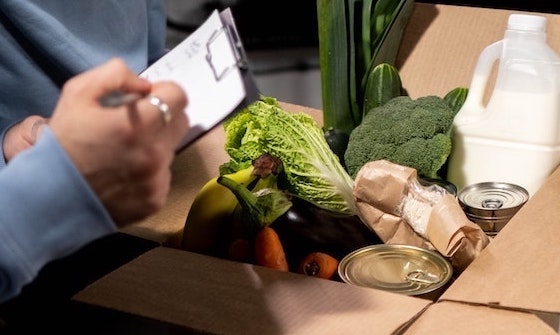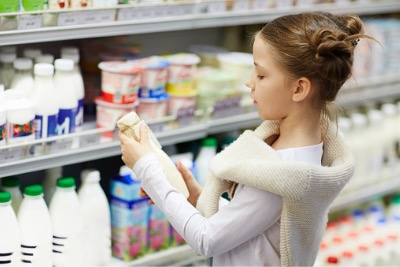
Halal Buying Power of Muslim Women
Many companies in the USA and beyond underestimate the buying power of Muslim women. The Muslim female consumer is often considered to be part of a tiny ethnic niche market. Although domestically, this group is small in number – their buying power is much higher than average. And internationally, Muslim female consumers are collectively a trillion-dollar market.

International and On the Rise
According to a report by the World Economic Forum, most Muslim women live in 30 emerging markets and these markets account for 30% of the world’s entire GDP. More Muslim women are entering and graduating from universities around the world than ever before. In developing countries with emerging economies, Muslim women make up 40% of STEM university students. Their participation in STEM education is several percentage points higher than women in the UK and the USA. And in some countries, Muslim women make up most university students. Altogether they represent 30% of the 450-million-person workforce in emerging economies. And of course, buying power is not simply relegated to women that work outside the home.
For more information check out the Book “Fifty Million Rising: The New Generation of Working Women Transforming the Muslim World” by award winning economist Saadia Zahidi.

The American Muslim Consumer
Muslims are estimated to be 2% of the US population. The population is younger than the national average, they are more likely to be registered to vote, and 70% have a college education (compared to 26% of the general US population).
According to Pew Research, about 1.5 million adults and 2.75 million children are American Muslims. Nearly 30 percent over the age of 18 are converts to Islam, 15% are first generation (born in the USA to parents who immigrated), and 22% are 3rd, 4th, and 5th generation Americans.
This group is diverse in ethnicity, race, faith identity and practice, and more. In general, there are basic values that Muslim women share, and these values translate to actions. Specifically buying behavior.

Muslim women tend to value the following:
-
God
-
Family
-
Modesty
-
Safety
-
Health
-
Education
-
Social Responsibility
The above values influence buying behavior in all the 11 sectors of the economy:
Information Technology, Health Care, Financials, Consumer Discretionary, Communication Services, Industrials, Consumer Staples, Energy, Utilities, Real Estate, and Materials.

Fashion, beauty, healthcare, education, real-estate, leisure, home goods, non-profit and food are areas where Muslim women spend a great portion of their incomes. In addition to being consumers in the above sectors, there is a trend to mobilize against companies and countries that are viewed as Islamophobic.
Studies done by Midamar Halal Foods found that 68% of the online buying decisions for Halal food products are made by Muslim women between the ages of 25-45, who are educated and married with children. The majority live in 7 states in the USA – NY, NJ, IL, FL, TX, CA, and MI. This group of consumers is diverse in food tastes and preferences. They appreciate and demand a variety of ethnic cuisine as well as domestic American cuisine. Consumer personas have also been developed in the Halal fashion, health, and beauty sectors.

Numbers Too Big to Ignore
Muslims are estimated to become 30% of the world’s population by 2025. Female spending power in emerging economies is rising. That means that 15% of the world’s population will be Muslim women. Compared to most groups, Muslim women are a young, educated, and well-connected population that is growing in influence and spending power. And they are demanding certified Halal products and services.
Companies can reach the Muslim consumer through Halal certification. ISA can provide education and certification to companies who plan to access this growing consumer base.
